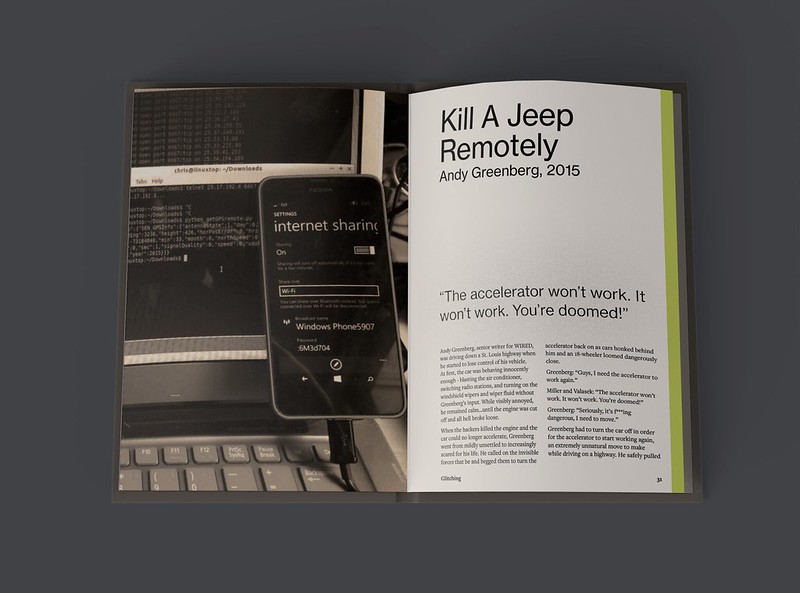Spooky Technology explores creative research opportunities around our understanding of the invisible technologies in our everyday lives, from objects with ‘intelligence’ to systems in our homes that talk to us (and each other).
We often hear that the technologies in our everyday lives would appear to be ‘magic’ and potentially terrifying to people in the past—instantaneous communication with people all over the world, access to a vast, ever-growing resource of human knowledge right there in the palm of our hand, objects with ‘intelligence’ that can sense and talk to us (and each other). But rarely are these ‘otherworldly’ dimensions of technologies explored in more detail. There is an often unspoken presumption that the march of progress will inevitably mean we all adopt new practices, and incorporate new products and new ways of doing things into our lives—all cities will become smart cities; all homes will become smart homes. But these systems have become omnipresent without our necessarily understanding them.
They are not just black boxes, but invisible: entities in our homes and everyday lives which work through hidden flows of data, unknown agendas, imaginary clouds, mysterious sets of rules which we perhaps dismiss as ‘algorithms’ or even ‘AI’ without really understanding what that means. On some level, the superstitions and sense of wonder, and ways of relating to the unknown and the supernatural (deities, spirits, ghosts) which humanity has felt in every culture throughout history have not gone away, but started to become transferred and transmuted into new forms.
What creative research opportunities are there at this intersection? This project aims to investigate these opportunities, in the process enabling students to gain familiarity with an under-explored dimension of our relationship with technology.
–
Working with a team of 12 students over Summer 2020, we collected and reviewed work across art, design, HCI, psychology, human factors research, and other fields, both historically and more recently. Our aim was to produce, collaboratively, a set of examples, from which we can extract possibilities, insights, and opportunities. This was coupled with forays into writing on the supernatural, gathering and surveying first-person experiences, and interviewing multidisciplinary experts.
The result of our work is a 282-page book and a companion website.
It offers a reflection on how we negotiate our collective frictions with contemporary technology and the beliefs and rituals that emerge. The effects — from small-to-large, subtle-to-overt, existent-to-speculative — are charted through six sections of this book.




